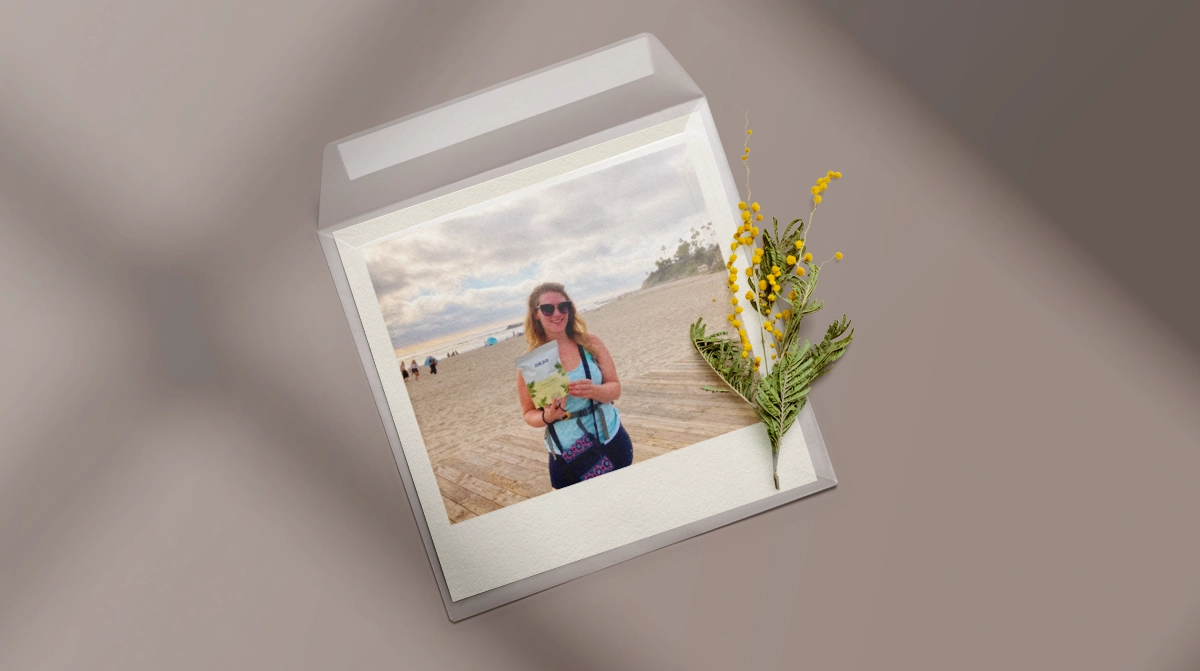Honey Supply Facts: Seize the Moment
We are so sorry if your favorite SIDR Honey is out of stock at the moment! Please allow us to recommend a few other types of honey that you might like just as well. All honey varieties are unique, but this post will give a few options that have a flavor profile similar to your favorite.
We will also explain a few common reasons that honey shortages happen, one of which is likely why you can't find the honey you are looking for. Supplies of SIDR Honey can be limited by a wide variety of factors that are beyond the control of any beekeeper. In a nutshell, climate and health of the bees are usually the two biggest factors that cause shortages of honey.
Causes of Honey Supply Shortages
Raw & Unfiltered Honey is a precious natural resource. Bees transform flower nectar into honey. Each type of blossom produces a unique nectar that turns into a distinctive honey. For that reason, each monofloral SIDR Honey has its own flavor, color, and texture - mouthfeel.
Beekeeping is a type of agriculture. Beekeepers collect monofloral Raw Honey by placing their hives near blooming trees and flowers that produce the nectar they want the bees to use to make that type of honey. SIDR trees bloom in April and June when not many other flowers are blooming.
If a beekeeper keeps hives in a field of SIDR trees, that’ll be the nectar most of their worker bees will feast on in those months. As long as the weather and the health of the bees all line up together, then SIDR Honey will flow copiously by August.
If there are problems with either of those, then SIDR Honey stocks, which is our favorite honey, might be low. Like all types of farming, the amount of food the farmer - beekeeper can produce depends on natural forces outside their control. Here are a few of the biggest factors that influence honey yield:
Weather Condition
The amount of honey produced by beekeepers’ hives in a given season will be dramatically altered by local weather patterns. Too much rain or drought, excessive heat or an unseasonable frost or freeze, can all cause Raw Honey supplies to be much lower than normal.
A great example for how weather affects honey production is what happened to the supply of tupelo honey in 2015. Tupelo trees grow mostly in the Apalachicola (northern) region of Florida and some parts of southern Georgia. Those trees typically only bloom for about three weeks, even in the best of conditions.
During the 2015 tupelo blooming season, it rained for the entire three weeks. Tupelo blooms are notorious among local beekeepers for soaking up rainwater and taking a long time to dry. Bees aren’t able to collect nectar from wet tupelo blooms. All that sweet nectar got washed away. As a result, the amount of honey produced was critically low and a lot of tupelo fans were disappointed that year.
Bee Predators, Diseases, and Parasites
Colony Collapse Disorder, mites, beetles, and other diseases and predators all hurt honey bee populations. SIDR Honey production depends on a healthy population of bees. And despite beekeepers’ best efforts, sometimes hives are lost.
Amount of Nectar Available in A Region
The number of blooms on the flowering trees and plants near the hive can be affected by all sorts of things, including natural “boom and bust” cycles and, of course, weather patterns.
Substitution Recommendations
SIDR sources Raw & Unfiltered Honey from beekeepers all over the world. If one is out of stock, we probably have a similar honey available now. Unlock nature's gift for renewed energy. Revitalize your mind and body today!














